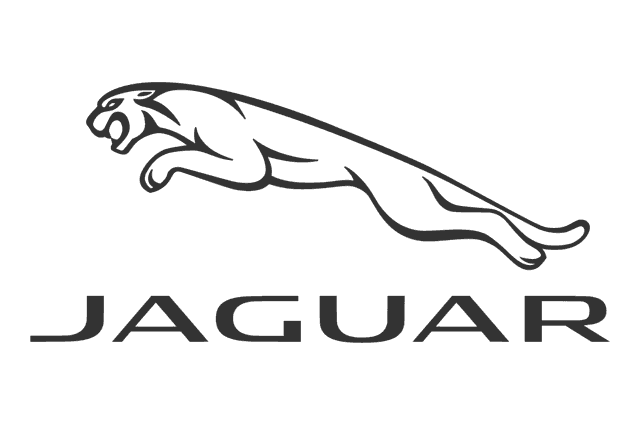
JAGUAR E-PACE MOT Statistics by Year
Select a model year to see detailed MOT results; including pass rates, mileage trends, and the most common defects found for that specific JAGUAR E-PACE.
Defect rate by model year
The Jaguar E-Pace, introduced in 2017, is a compact SUV designed to blend sporty performance with practicality. As part of Jaguar's expanding portfolio, the E-Pace aims to attract a younger demographic while maintaining the brand's reputation for luxury and refinement. With its stylish design and modern technology, it has carved a niche in the competitive SUV market.
When examining reliability based on MOT inspection data, the E-Pace demonstrates a generally positive standing compared to the average vehicle of the same model year. In its debut year, 2017, the E-Pace recorded 105 defects per 100 tests, which is 22% better than the average of 134 defects per 100. This trend continues in 2018, where it shows a marginal improvement over the average, with 116 defects compared to the average of 120. However, in 2019 and 2020, the E-Pace experienced a dip in performance, with defect rates of 116 and 99, respectively, surpassing the average of 106 and 90 defects.
The analysis reveals recurring issues that are common across all years, particularly concerning tyre wear and brake components. Notably, problems with brake discs and tyre tread depth have been frequently cited. While these concerns are not unique to the E-Pace, their presence in the data suggests a potential area of focus for Jaguar owners and prospective buyers. By 2021, the model improved slightly, with 80 defects per 100 tests, reflecting a commitment to quality. The most recent data for 2022 indicates a notable improvement, with only 59 defects per 100 tests, which is 16% better than the average of 70.
Did you know?
Despite some fluctuations in reliability across its production years, the Jaguar E-Pace has established itself as a competitive option in the compact SUV segment. It is worth noting that the model has garnered a reputation for stylish design and a premium feel, appealing to buyers who prioritize aesthetics alongside performance. The improvements in recent years may signal Jaguar's responsiveness to feedback, enhancing both the ownership experience and vehicle longevity.